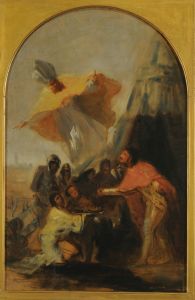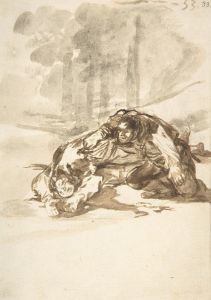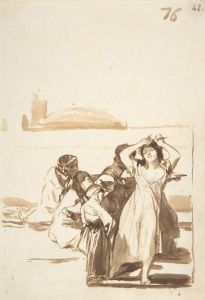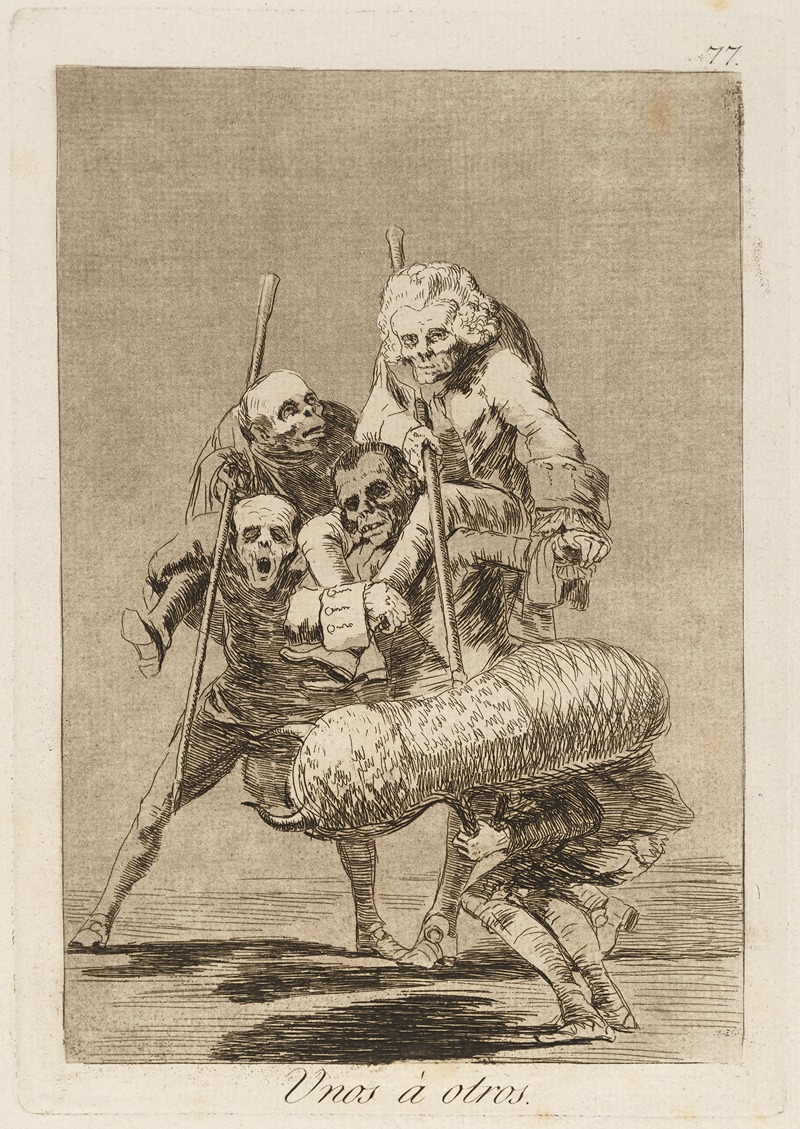
Unos á otros.
A hand-painted replica of Francisco de Goya’s masterpiece Unos á otros., meticulously crafted by professional artists to capture the true essence of the original. Each piece is created with museum-quality canvas and rare mineral pigments, carefully painted by experienced artists with delicate brushstrokes and rich, layered colors to perfectly recreate the texture of the original artwork. Unlike machine-printed reproductions, this hand-painted version brings the painting to life, infused with the artist’s emotions and skill in every stroke. Whether for personal collection or home decoration, it instantly elevates the artistic atmosphere of any space.
"Unos á otros" is a painting by the renowned Spanish artist Francisco de Goya. Created in 1814, this work is part of Goya's series known as "The Disasters of War" (Los Desastres de la Guerra), which consists of 82 prints that depict the horrors of the Peninsular War (1808-1814) between Spain and Napoleonic France. This series is widely regarded as one of Goya's most powerful and haunting works, capturing the brutality and suffering caused by the conflict.
The title "Unos á otros" translates to "One to Another" or "Each Other," reflecting the mutual violence and destruction depicted in the scene. The painting portrays a chaotic and violent confrontation between individuals, emphasizing the senselessness and brutality of war. Goya's use of stark contrasts and dramatic compositions heightens the emotional impact of the scene, drawing the viewer's attention to the suffering and despair of the figures involved.
Goya's "The Disasters of War" series was not published during his lifetime, likely due to its politically sensitive content and the potential repercussions from both the Spanish authorities and the French occupiers. The series was first published in 1863, many years after Goya's death, and has since been recognized as a significant contribution to the history of art and a powerful anti-war statement.
Francisco de Goya (1746-1828) is considered one of the most important Spanish artists of the late 18th and early 19th centuries. His work spans a wide range of subjects and styles, from portraits of the Spanish aristocracy to dark and haunting depictions of human suffering and folly. Goya's ability to capture the complexities of human emotion and the darker aspects of society has earned him a lasting legacy in the art world.
"Unos á otros" exemplifies Goya's skill in conveying the raw and brutal reality of war. The figures in the painting are depicted with a sense of urgency and desperation, their faces contorted in expressions of pain and fear. The composition is dynamic and chaotic, with a sense of movement and tension that draws the viewer into the scene. Goya's use of light and shadow adds to the dramatic effect, highlighting the stark contrasts between the figures and their surroundings.
The painting is executed in a style that combines realism with a sense of the grotesque, a hallmark of Goya's later work. This approach allows Goya to convey the horror of the scene in a way that is both immediate and visceral, making a powerful statement about the impact of war on individuals and society as a whole.
Overall, "Unos á otros" is a poignant and powerful work that captures the senseless violence and suffering of war. It is a testament to Goya's skill as an artist and his ability to convey deep and complex emotions through his work. The painting remains a significant and moving piece in the history of art, reflecting the enduring impact of Goya's vision and his commitment to depicting the truth of human experience.





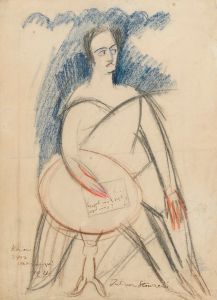
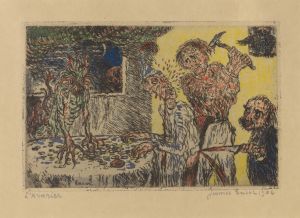
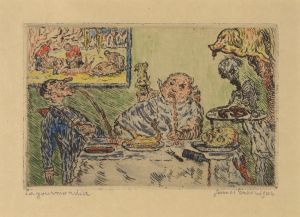
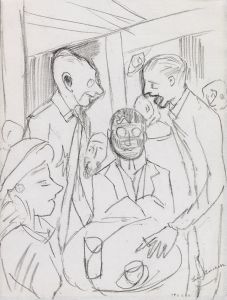
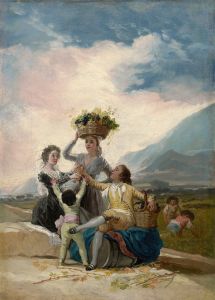
![He Who Does Not Like Thee Will Defame Thee in Jest [Loyalty]](/imgs/264614/s/francisco-de-goya-he-who-does-not-like-thee-will-defame-thee-in-jest-loyalty-4196b335.jpg)
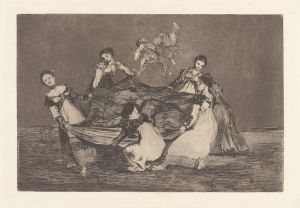
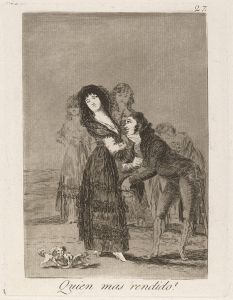
![Renounce the Friend Who Covers You with His Beak [Flying Folly]](/imgs/264650/s/francisco-de-goya-renounce-the-friend-who-covers-you-with-his-beak-flying-folly-e613558e.jpg)
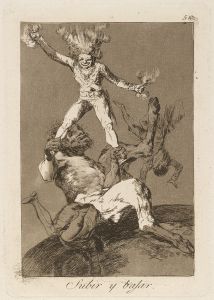
![Two Heads Are Better Than One [Poor Folly]](/imgs/264668/s/francisco-de-goya-two-heads-are-better-than-one-poor-folly-401b05c1.jpg)
